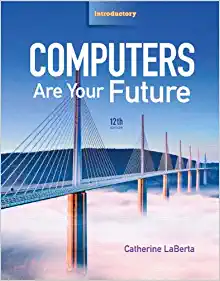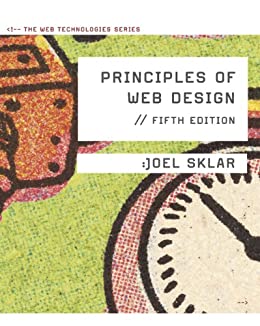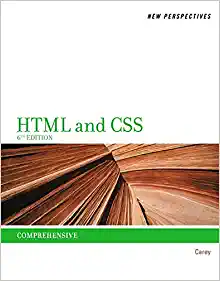Test Bank For Computers Are Your Future 12th Edition by Laberta
ISBN-10: 0132545187, ISBN-13: 978-0132545181
Chapter 1 Computers and You
1) Which of the following is NOT a basic computer operation?
- A) Input
- B) Throughput
- C) Processing
- D) Storage
Answer: B
Diff: 1
Reference: Understanding the Computer: Basic Definitions
2) Which of the following years did the World Wide Web begin?
- A) 1989
- B) 1993
- C) 1997
- D) 2000
Answer: B
Diff: 3
Reference: Chapter Introduction
3) The computer function in which raw data is received is known as:
- A) input.
- B) processing.
- C) output.
- D) storage.
Answer: A
Diff: 2
Reference: Understanding the Computer: Basic Definitions
4) The computer function in which processed data is displayed is known as:
- A) input.
- B) processing.
- C) output.
- D) storage.
Answer: C
Diff: 2
Reference: Understanding the Computer: Basic Definitions
5) Which of the following eras were only the U.S. government, colleges, and universities able to access the Internet?
- A) 1960s
- B) 1970s
- C) 1980s
- D) 1990s
Answer: C
Diff: 3
Reference: Chapter Introduction
6) The computer function in which raw data is converted into meaningful information is known as:
- A) input.
- B) processing.
- C) output.
- D) storage.
Answer: B
Diff: 2
Reference: Understanding the Computer: Basic Definitions
7) The two main categories of software are:
- A) internal software and external software.
- B) user software and computer software.
- C) system software and application software.
- D) task software and instructional software.
Answer: C
Diff: 2
Reference: Understanding the Computer: Basic Definitions
8) The type of software that sits on top of the operating system and utilizes the computer’s capabilities to perform a user task is called:
- A) system software.
- B) utility software.
- C) application software.
- D) internal software.
Answer: C
Diff: 2
Reference: Understanding the Computer: Basic Definitions
9) OS is an abbreviation for which of the following terms?
- A) Operating System
- B) Operations Schedule
- C) Overlay System
- D) Outsourced System
Answer: A
Diff: 2
Reference: Understanding the Computer: Basic Definitions
10) Which of the following is NOT an example of an input device?
- A) Microphones
- B) Speakers
- C) Scanners
- D) Digital cameras
Answer: B
Diff: 2
Reference: Input: Getting Data into the Computer
11) The computer function where output is saved for later use is known as:
- A) input.
- B) processing.
- C) storage.
- D) None of the above
Answer: C
Diff: 2
Reference: Understanding the Computer: Basic Definitions
12) The CPU is often referred to as the ________ of the computer.
- A) heart
- B) brain
- C) core
- D) soul
Answer: B
Diff: 2
Reference: Processing: Transforming Data into Information
13) The most important type of memory that a typical computer uses during the processing operation is ________ memory.
- A) read-only
- B) flash
- C) storage
- D) random access
Answer: D
Diff: 1
Reference: Processing: Transforming Data into Information
14) Output refers to:
- A) displaying the results of the processing operation so that people can understand it.
- B) sending the results of computer processing to a permanent location.
- C) information that needs further computer activity to provide meaning to people.
- D) performing operations on the input data.
Answer: A
Diff: 2
Reference: Output: Displaying Information
15) CPU is an abbreviation for ________ processing unit.
- A) calculation
- B) common
- C) complex
- D) central
Answer: D
Diff: 1
Reference: Processing: Transforming Data into Information








Reviews
There are no reviews yet.